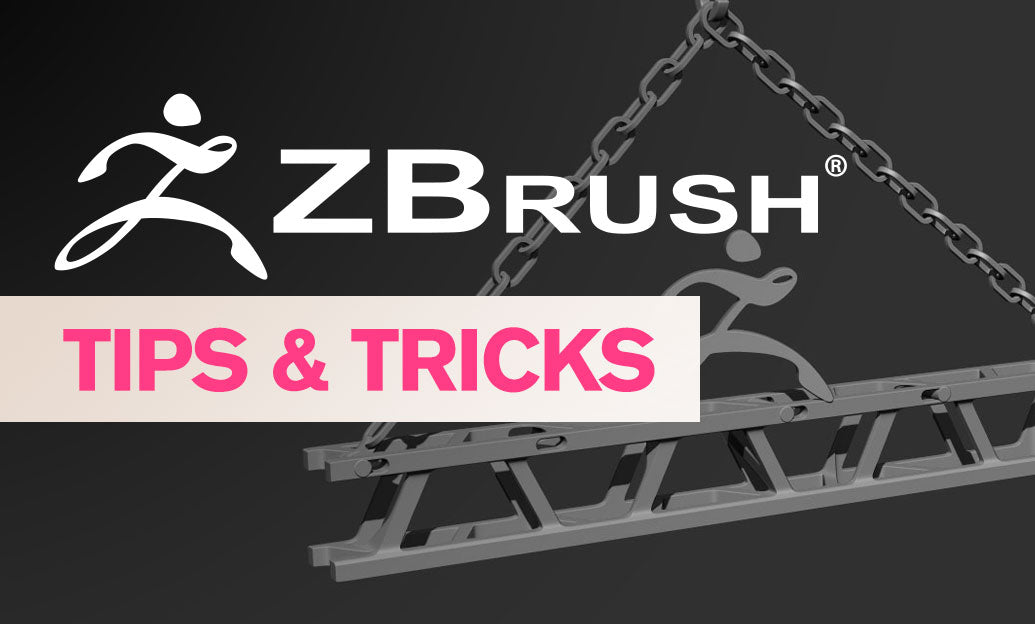Your Cart is Empty
Customer Testimonials
-
"Great customer service. The folks at Novedge were super helpful in navigating a somewhat complicated order including software upgrades and serial numbers in various stages of inactivity. They were friendly and helpful throughout the process.."
Ruben Ruckmark
"Quick & very helpful. We have been using Novedge for years and are very happy with their quick service when we need to make a purchase and excellent support resolving any issues."
Will Woodson
"Scott is the best. He reminds me about subscriptions dates, guides me in the correct direction for updates. He always responds promptly to me. He is literally the reason I continue to work with Novedge and will do so in the future."
Edward Mchugh
"Calvin Lok is “the man”. After my purchase of Sketchup 2021, he called me and provided step-by-step instructions to ease me through difficulties I was having with the setup of my new software."
Mike Borzage
Revit Tip: Enhancing Grid Placement and Adjustment Efficiency in Revit Projects
January 06, 2025 2 min read

Optimizing the placement and adjustment of grids in Revit is essential for maintaining structural accuracy and ensuring the overall coherence of your project. By implementing the following strategies, you can enhance your workflow and achieve precise grid arrangements efficiently.
- Utilize Snapping Tools: Revit offers robust snapping options that help in aligning grids accurately. Ensure that snapping is enabled to align grids with key model elements effortlessly.
- Create Grid by Level: Organizing grids by levels can significantly streamline multi-story projects. This approach allows for better management and easier adjustments as the project evolves.
- Use Grid Labels Effectively: Clearly labeling your grids enhances readability and coordination among team members. Consistent labeling conventions prevent confusion and reduce errors during the design process.
- Leverage the Align Tool: The Align tool is invaluable for adjusting grid positions relative to other elements. By aligning grids with structural components or architectural features, you ensure cohesiveness in the design.
- Implement Grid Groups: Grouping related grids can simplify complex layouts. Grid groups allow for simultaneous adjustments, saving time and maintaining consistency across the project.
- Use Reference Planes: Incorporating reference planes can aid in positioning grids accurately. These planes serve as guides, ensuring that grids are placed precisely where they are needed.
- Adjust Grid Properties: Customize grid properties such as line style, color, and thickness to distinguish between different types of grids. This visual differentiation enhances clarity in both model and documentation views.
- Associate Grids with Structural Elements: Linking grids to structural elements like beams and columns ensures that any changes to the structural framework automatically update the grid placement, maintaining alignment and integrity.
- Regularly Review Grid Placement: Periodically checking grid alignment throughout the project lifecycle helps identify and rectify any discrepancies early, preventing issues from escalating in later stages.
- Employ Shared Coordinates: Utilizing shared coordinates across linked models ensures that grids remain consistent when collaborating with multiple disciplines. This coordination is crucial for large-scale projects involving diverse teams.
- Take Advantage of Revit Add-ins: NOVEDGE offers a range of Revit add-ins that can further enhance grid management. These tools provide additional functionalities, enabling more efficient grid placement and adjustment processes.
Implementing these techniques will not only improve the accuracy and efficiency of grid placement in your Revit projects but also facilitate better collaboration and project management. For more advanced tips and specialized tools to enhance your Revit workflow, visit NOVEDGE.
```You can find all the Revit products on the NOVEDGE web site at this page.
Also in Design News

ZBrush Tip: Optimizing ZBrush Document Management for Enhanced Workflow Efficiency
January 07, 2025 2 min read
Read More
Revit Tip: Optimizing Piping System Design with Revit's Pipe Pressure Loss Report Tool
January 07, 2025 2 min read
Read More
AutoCAD Tip: Mastering the Boundary Command for Enhanced AutoCAD Workflow
January 07, 2025 2 min read
Read MoreSubscribe
Sign up to get the latest on sales, new releases and more …


